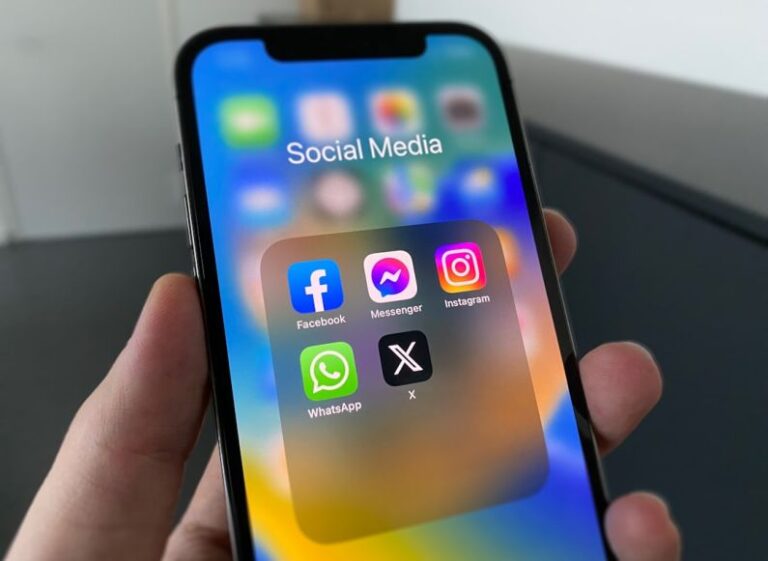How Can Brands Use Color to Enhance Identity

Color psychology plays a vital role in how brands are perceived by consumers. The strategic use of color can greatly enhance a brand’s identity and influence how it is perceived in the market. From creating a sense of trust and reliability to evoking emotions and shaping perceptions, the choice of colors in branding is a powerful tool that should not be underestimated.
**Establishing Brand Personality**
Color is one of the most powerful elements in establishing a brand’s personality. Different colors evoke different emotions and associations in the minds of consumers. For example, blue is often associated with trust and reliability, making it a popular choice for financial institutions and tech companies. On the other hand, red is often used to convey energy and passion, making it a common choice for brands in the food and beverage industry. By selecting the right colors that align with the brand’s values and personality, companies can create a strong and memorable identity that resonates with their target audience.
**Creating Brand Recognition**
Consistency in color usage is key to creating strong brand recognition. When consumers consistently see a brand using specific colors across all touchpoints, they begin to associate those colors with the brand itself. This is why it is essential for brands to establish a distinct color palette that is used consistently in their logo, packaging, marketing materials, and website. Over time, this repetition helps to cement the association between the brand and its colors in the minds of consumers, making it easier for them to recognize and recall the brand.
**Differentiating from Competitors**
In a crowded marketplace, standing out from competitors is crucial for brand success. The strategic use of color can help brands differentiate themselves and carve out a unique position in the market. By choosing colors that are distinct from those used by competitors, a brand can create a visual identity that sets it apart and makes it more memorable to consumers. This differentiation can be a powerful competitive advantage, helping a brand attract and retain customers in an increasingly saturated market.
**Eliciting Emotions**
Colors have the ability to evoke emotions and create powerful associations in the minds of consumers. For example, warm colors like red, orange, and yellow can create a sense of energy and excitement, while cool colors like blue and green can evoke feelings of calmness and tranquility. By understanding the emotional impact of different colors, brands can use color strategically to elicit specific emotions in their target audience. This can help create a deeper connection with consumers and shape their perceptions of the brand.
**Adapting to Cultural Differences**
It is essential for brands to consider cultural differences when using color in their branding efforts. Different cultures have varying associations with colors, and what may be seen as positive in one culture could be perceived differently in another. For example, while white is associated with purity and cleanliness in Western cultures, it is often associated with mourning and death in Asian cultures. By being mindful of these cultural nuances, brands can ensure that their choice of colors resonates positively with their target audience across different regions and demographics.
**Conclusion: Harnessing the Power of Color**
In conclusion, the strategic use of color is a powerful tool that brands can leverage to enhance their identity and connect with consumers on a deeper level. By carefully selecting colors that align with their brand personality, creating consistency in color usage, differentiating from competitors, eliciting specific emotions, and adapting to cultural differences, brands can create a strong and memorable visual identity that resonates with their target audience. Color is not just a visual element; it is a powerful means of communication that can shape perceptions, evoke emotions, and ultimately drive brand success. By harnessing the power of color, brands can create a lasting impression that sets them apart in a competitive marketplace.





